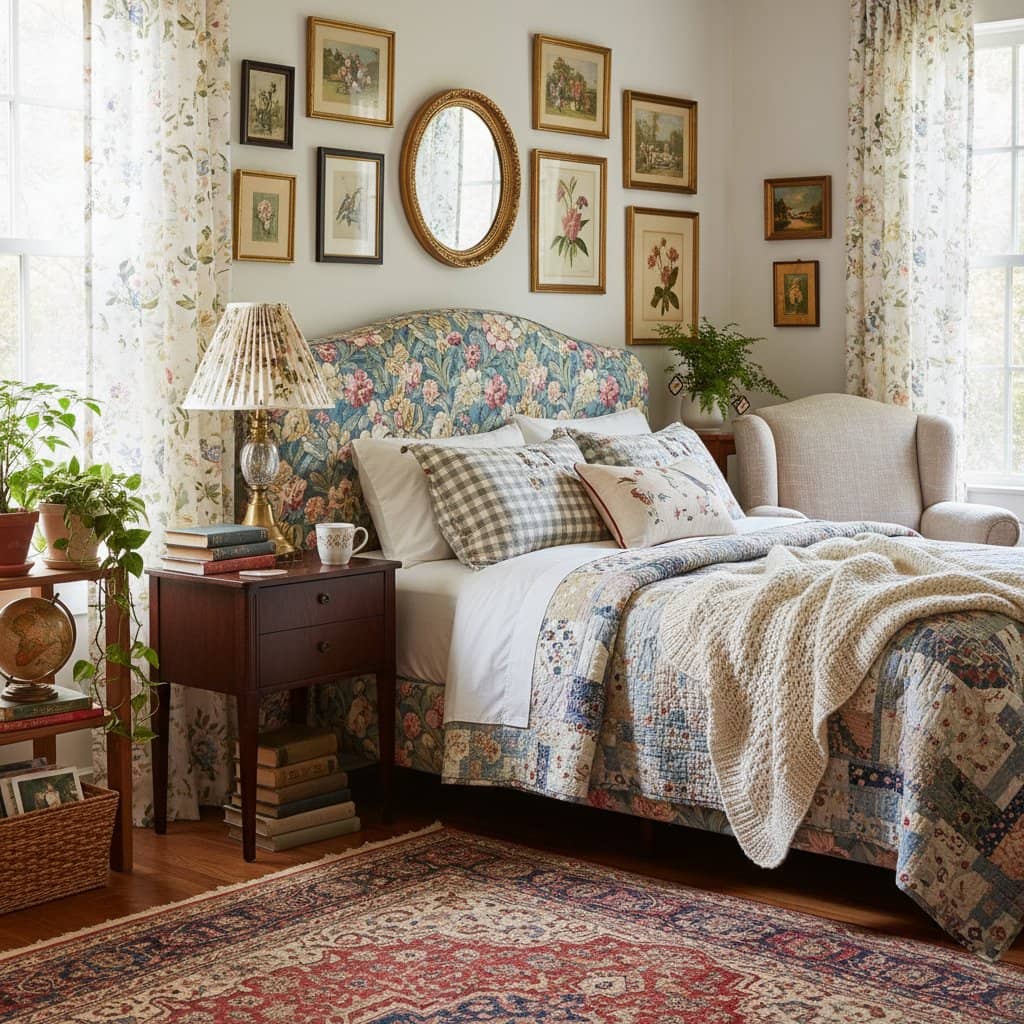Embracing Wabi-Sabi Textures in Japandi Bedroom Design
Consider a modest bungalow bedroom with abundant natural light yet an air of detachment. Clean lines and neutral palettes dominate, but the space lacks warmth and intimacy. Introducing Wabi-Sabi textures within a Japandi aesthetic addresses this gap, merging Scandinavian functionality with Japanese appreciation for imperfection.
This integration evolves a flat environment into a personal retreat. Texture serves as the core element, weaving a narrative through touch and visual nuance rather than relying solely on color or form.
The Foundation: Minimalism Without the Chill
Prior to renovation, many bedrooms resemble showroom displays. Smooth white walls meet crisp cotton linens and uniform laminate flooring, resulting in a polished but impersonal atmosphere. Uniform surfaces eliminate sensory variety, leaving edges sharp and light unmodulated.
One homeowner observed, “It looked finished but not lived in.” Without material diversity, the room forfeits the comforting equilibrium central to Japandi principles.
The Role of Texture in Japandi Balance
Japandi design harmonizes Scandinavian practicality with Japanese mindfulness. Excessive smoothness disrupts this equilibrium, veering toward stark minimalism. Texture restores vitality by introducing organic layers.
Wabi-Sabi celebrates beauty in transience and irregularity. In bedroom applications, this manifests through genuine, nature-inspired finishes. A seagrass mat cushions steps with subtle give. Linen coverings develop natural folds over time. An artisanal mug on the bedside table features a unique glaze irregularity, evoking handmade origins.
These elements integrate into everyday interactions. They adapt to shifting light, invite physical contact, and mark the passage of time, embodying Wabi-Sabi's understated elegance in Japandi contexts.
The Psychological Depth of Imperfect Surfaces
A bedroom embracing imperfection fosters relaxation. Wabi-Sabi textures eliminate the pressure for flawless upkeep. The bedding may rumple, wood surfaces acquire subtle marks, and fabrics bear signs of regular use, each contributing to a personal history.
Sunlight illuminating undulating plaster reveals dynamic patterns, as one resident noted: “It feels alive.” This evolving allure aligns with Wabi-Sabi's core, where appeal intensifies through experience.
Amid prevalent sleek finishes, a textured Japandi bedroom conveys humanity. It accommodates authentic living. The plush coverlet, textured wall, and ceramic vessel each underscore that tactile engagement surpasses flawless execution.
Essential Strategies for Incorporating Wabi-Sabi Texture
- Initiate with a single focal texture. Apply limewash plaster to one wall or select a linen-upholstered headboard to alter the ambiance instantly.
- Restrict to three primary materials. Maintain harmony; excess variety risks disorder.
- Opt for matte surfaces exclusively. These diffuse light softly, preserving tonal unity.
- Select deliberate irregularities. Incorporate a slightly asymmetrical vase or handwoven basket for inherent charm.
- Employ subdued color schemes. Allow textures to dominate without competing vibrant accents.
- Incorporate natural fibers strategically. Choose jute or wool for flooring to enhance grounding sensations.
Such targeted choices infuse minimalism with enduring character.
Texture's Influence on Everyday Routines
Textures transform routine actions in profound ways. Drawing aside a linen coverlet produces a gentle whisper against smoother underlayers. Traversing a sisal rug barefoot anchors the start of the day. A lime-plastered backdrop diffuses evening illumination, casting a soothing aura for bedtime reading.
These interactions enhance rest and renewal. They encourage deliberate movements and highlight the joys of sensory simplicity. Beyond ornamentation, texture molds the manner of occupancy.
Evolving with Your Textured Sanctuary
Wabi-Sabi textures age gracefully, aligning with Japandi's sustainable ethos. Linen gains suppleness through laundering. Timber develops a soft sheen from handling. Minor imperfections appear as badges of use, not defects.
Adaptations prove straightforward for longevity. Introduce seasonal bedding variations, integrate fresh pottery, or overlay complementary mats. The textural base endures, offering flexible renewal.
Engaging with this design cultivates mindfulness and gratitude. Spaces, much like individuals, develop over time. Sustained interaction with Wabi-Sabi elements fosters deeper connection, revealing serenity in subtle, evolving details.
To invigorate an overly refined bedroom, introduce tactile nuances. Rely on the plaster's subtle contours, linen's yielding drape, and wood's inherent grain. Here resides the true essence of tranquil habitation.



